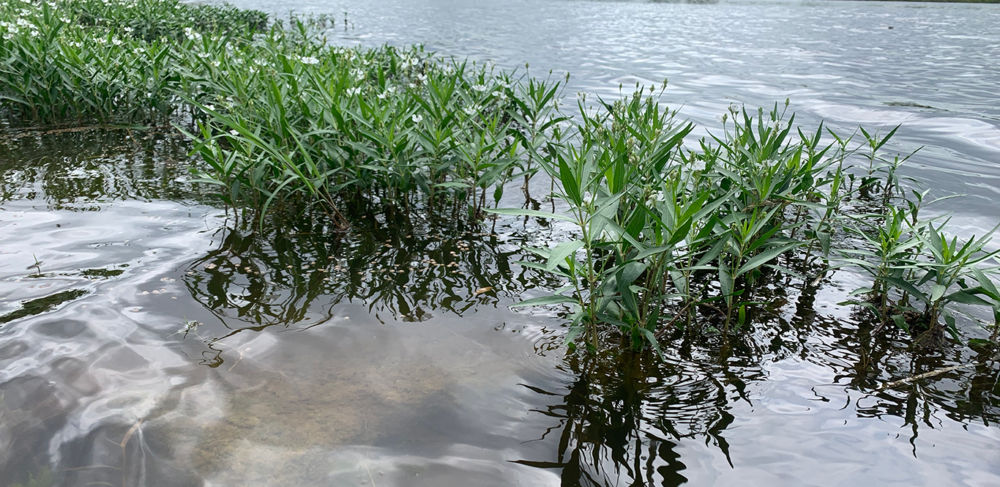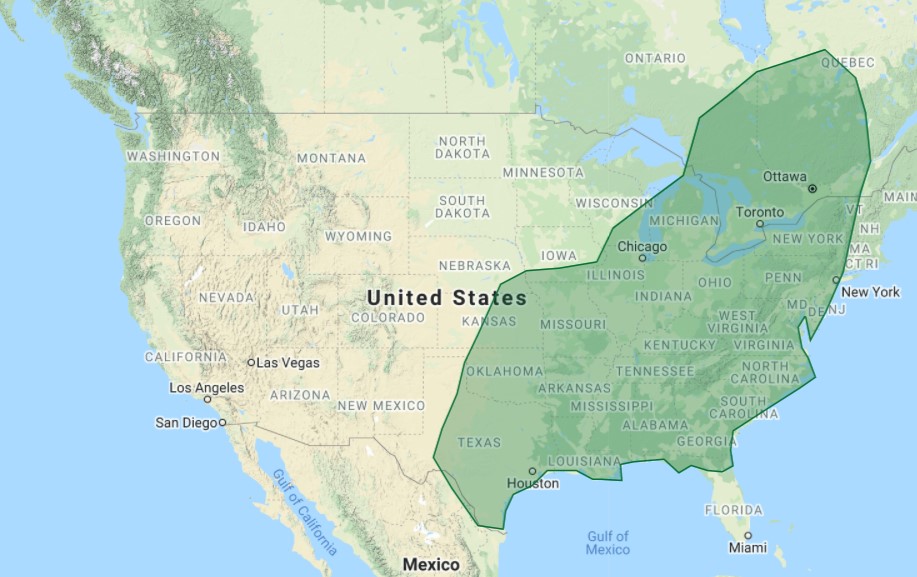The MLF Anglers Guide to Water Willow

Aquatic plants are an extremely desirable fish habitat that can offer shade, security, ambush points, and concentrated forage. Plants also improve water bodies by reducing turbidity, stabilizing shorelines, filtering out excess nutrients and providing dissolved oxygen directly into the water. For these reasons and so many more, learning how to identify common species, understanding their growth patterns, and predicting how fish are using the plant can be a very useful advantage to maximizing your success as an angler. The MLF Fisheries Management Division has called on six diverse anglers from around the country to help us showcase aquatic plants in a new series called The MLF Anglers Guide to Aquatic Plants. Your tour guides for this adventure are Kelly Jordon, Cliff Crochet, Shaw Grigsby, Fletcher Shryock, Josh Bertrand and Gary Klein.
The very first plant we are going to tackle is American Water Willow (Justicia americana).

Common Names
Most anglers know this plant by the name water willow (Shaw Grigsby, Cliff Crochet, Gary Klein) but regionally you may even hear it called Pepper Grass (Kelly Jordon).
Identification
You should expect to find water willow growing near the shoreline and out into 3 feet of water. It rarely grows beyond 3.5 feet tall, which limits it from spreading out into the waterbody. Water willow is commonly identified by its thin sword-shaped leaves. The leaves are smooth and up to 6-inches long and up to 1-inch wide. They grow in an opposite pattern, meaning in groups of two leaves from one central point on the stem. You’ll see very few leaves found on the stem below the waterline. The plant has a slender rigid stem that does not branch. The stem has a hard exterior but a spongy interior. Water willow has small, typically white flowers late in spring and throughout the summer. These flowers may have purple coloration in the center.
Reproduction
Water willow will reproduce primarily through seeds that fall directly into the water at the end of summer. Each flower produces four seeds that are relatively small, flat and disc-shaped. They’ll blow in the wind or float so water willow can spread quickly to neighboring shorelines. The plant can also spread throughout the year with rhizomes that allow it to create new offshoots. Many times, you’ll see new root growth around segments of the stem and if they eventually touch the sediment, they will start a new plant.
Importance in a Fishery
Water willow has become a very popular plant used in restoration projects throughout the southern and eastern US. It’s easy to plant and will establish in almost any environment. Once established, it creates an edge habitat for ambush predators to use as well as a network of small crevasses for juvenile and forage fish to inhabit. Shad species will use water willow to spawn on, attaching their eggs to any part of the plant that is submerged. As it continues to grow, water willow provides a shoreline wave break and helps to absorb nutrients from the water as well as stabilize bottom sediment. Due to its limited growth height, water willow will not advance out into most fisheries and rarely needs any type of control.
Go-To Techniques
All six of the anglers mentioned skirted moving baits including swim jigs, specifically white swim jigs when shad are spawning. Kelly Jordon and Gary Klein went a bit old school and mentioned spinnerbaits as well. Shaw Grigsby also added that the bladed jig can not be left out when targeting fish near water willow.
Jordon, Bertrand and Klein also prefer topwater baits like buzzbaits. Jordon added a frog while Klein added a buzzing toad.
Finally, Grigsby and Klein also added flipping when the water depth at the leading edge was deep enough.
Fisheries or Times to Target Water Willow
It was a consensus that during shad spawns, when bluegill beds are active, or even during the largemouth spawn that water willow can be a key in just about any central to eastern US fishery. Here is the native distribution map for this plant.

Several specific fisheries came up including Grigsby’s favorites: Chickamauga and Dardanelle. Crochet also ranked Dardanelle high on the list of fisheries to watch for water willow. Jordon added Lay Lake and Klein preferred Wheeler Lake.
If you want to see where others have found American Water Willow near you, join our project page on iNaturalist.